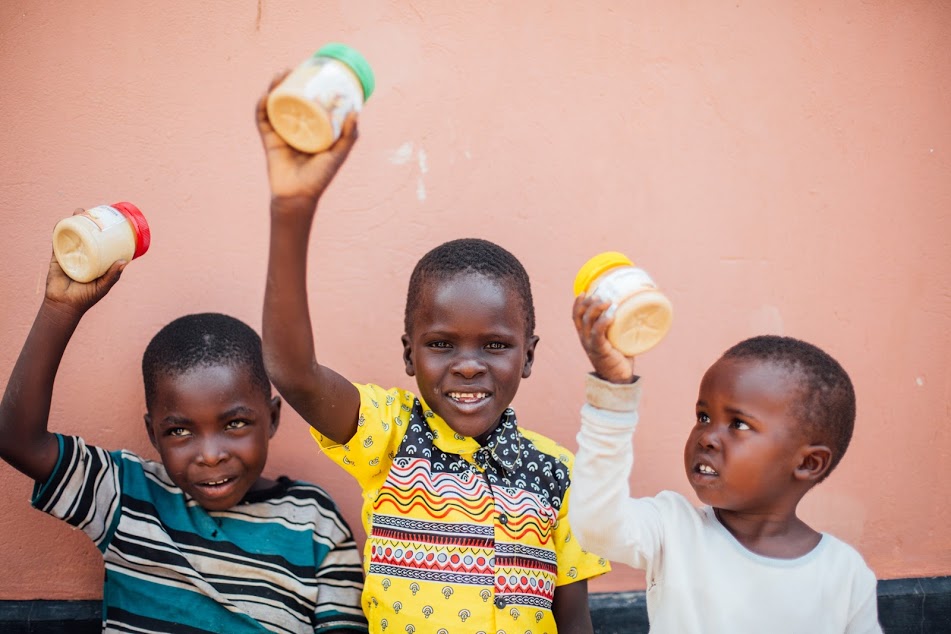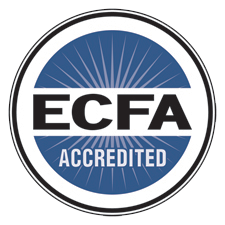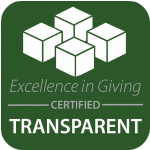Creamy, chunky, sugar-free, and organic – I’ve tried it all. I’d have to say the peanut butter I now love the most is of the life-changing variety: Wera Peanut Butter. The peanuts aren’t magical, but they can transform a child’s life.
Tucked into the village of Wera in Uganda, this Children’s HopeChest CarePoint not only offers education and skills training like the other locations, but it also makes peanut butter. Wera has a high rate of malnutrition due to a variety of factors, which include children losing a parent due to HIV/AIDS.
In this village there are still many children who aren’t sponsored and are suffering from malnutrition. A CarePoint leader identifies the children who are severely malnourished through signs which include swollen cheeks, distended belly, and dull skin and hair.
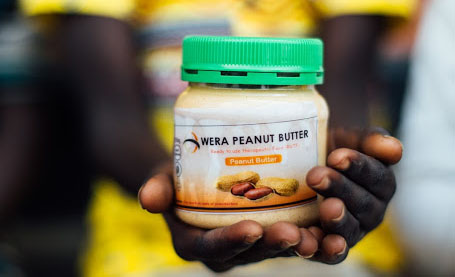
To nutritionally support these children, the organization makes peanut butter by employing community members and buying the peanuts from local farmers. This business model of utilizing resources that are readily available and by training and employing locals adds to the sustainability of this project.
Last November, I visited the Peanut Butter House and meet with the crew, the project leader, and a mother whose children benefited from this project. We slipped on clean shoes, a lab coat, and a hairnet and we watched the peanut butter making process go down.
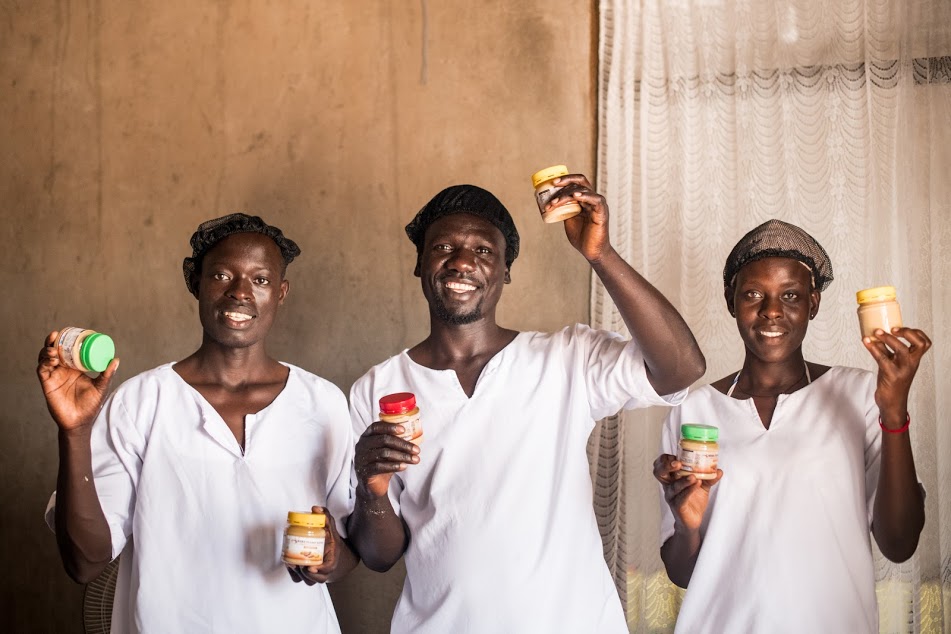
The meticulous measuring of each of the ingredients showed the value the crew put into their work. After the detailed presentation, we sat outside with a mother and her children who were identified by the project leader as needing additional nutrition and have since developed into happy, healthy children. The mother spoke to me about her joy in seeing her children get healthy again and pointed out how they now have the energy to play. The children sat near their mother holding onto the little jars of peanut butter periodically sticking in a finger for a lick or two with smiles for days.
Maybe the stuff is magical? The people who developed this program sure are.

